How Much Should You Feed Your Horse? A Complete Guide
Feeding your horse the right amount can feel like a guessing game, but it doesn’t have to be! Whether you’re a seasoned equestrian or a first-time horse owner, understanding how much to feed your horse is one of the most important aspects of their care. After all, a well-balanced diet is the foundation of your horse’s health, energy, and performance.
But with so many factors to consider—like weight, activity level, age, and even the time of year—it’s easy to feel overwhelmed. Should you feed more hay or less grain? How do you know if your horse is getting enough nutrients? And what happens if you get it wrong?
In this guide, we’ll break down everything you need to know about feeding your horse the right way. From understanding the basics of horse nutrition to calculating the perfect amount of feed for your horse’s unique needs, we’ve got you covered. Plus, we’ll share tips to avoid common feeding mistakes and ensure your horse stays happy and healthy.
Ready to take the guesswork out of feeding? Try our horse feed calculator for personalized recommendations tailored to your horse’s specific needs. Let’s get started!
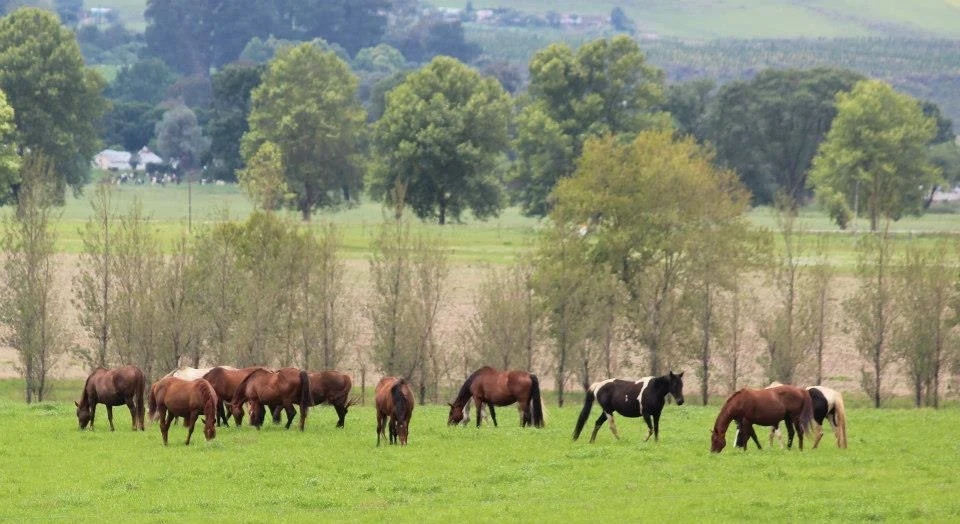
Understanding the Basics of Horse Nutrition
Proper nutrition is the cornerstone of your horse’s health and well-being. Just like humans, horses need a balanced diet to thrive, but their digestive systems and nutritional requirements are uniquely adapted to their natural grazing behavior. Let’s break down the key components of a horse’s diet and why they matter.
Why Nutrition Matters
A well-balanced diet does more than just keep your horse full—it impacts every aspect of their health. From maintaining a shiny coat and strong hooves to supporting energy levels and immune function, what your horse eats plays a critical role in their overall well-being. Poor nutrition, on the other hand, can lead to a host of problems, including weight loss, lethargy, digestive issues, and even serious conditions like colic or laminitis.
Key Components of a Horse’s Diet
A horse’s diet should include the following essential elements:
- Forage (Hay and Grass):
- Forage is the foundation of a horse’s diet and should make up the majority of their daily intake.
- Horses are natural grazers, and their digestive systems are designed to process high-fiber, low-starch foods like hay and grass.
- Forage provides essential nutrients, promotes healthy digestion, and helps prevent boredom and behavioral issues.
- Grains and Concentrates:
- Grains (like oats, barley, or corn) and concentrates (commercial feeds) are often used to supplement a horse’s diet, especially for those with higher energy needs.
- These feeds are calorie-dense and provide additional protein, vitamins, and minerals.
- However, they should be fed in moderation, as overfeeding grains can lead to digestive upset or metabolic issues.
- Supplements:
- Supplements can help fill nutritional gaps in your horse’s diet, particularly if they have specific health needs.
- Common supplements include vitamins, minerals, joint support, and electrolytes.
- Always consult with a vet or equine nutritionist before adding supplements to your horse’s diet.
- Water:
- Water is perhaps the most overlooked but critical component of a horse’s diet.
- Horses need constant access to clean, fresh water to aid digestion, regulate body temperature, and maintain overall health.
- On average, a horse drinks 5 to 10 gallons of water per day, but this can increase with exercise or hot weather.
The 2% Rule: A Starting Point
A general guideline for feeding horses is the 2% rule, which states that a horse should eat about 1.5% to 2.5% of its body weight in feed per day. For example, a 500 kg (1,100 lb) horse would need approximately 7.5 to 12.5 kg (16.5 to 27.5 lbs) of feed daily, with the majority being forage.
However, this is just a starting point. The exact amount your horse needs will depend on factors like their activity level, age, and health status, which we’ll explore in the next section.
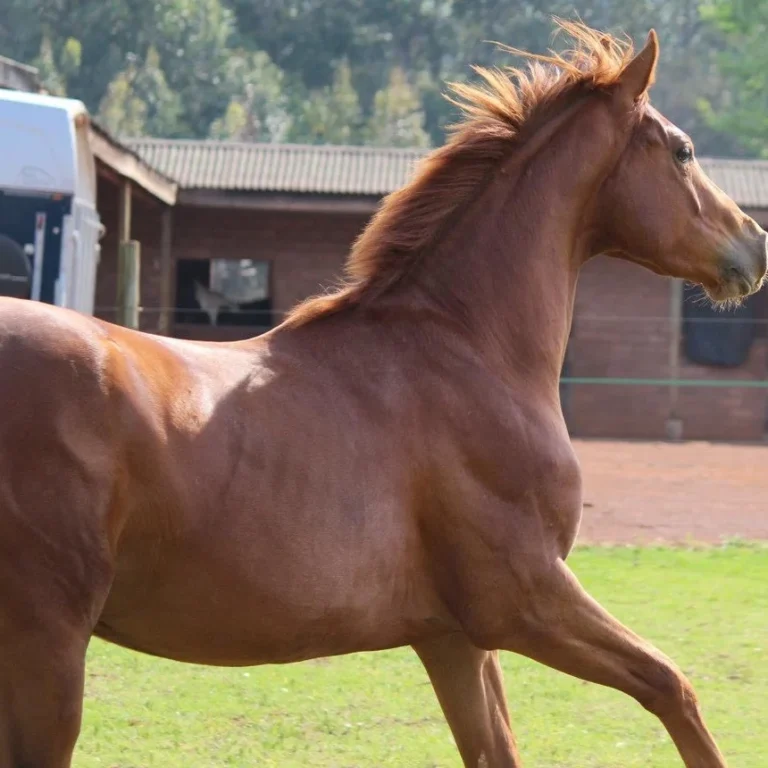
Factors That Affect How Much to Feed Your Horse
While the 2% rule (feeding 1.5% to 2.5% of a horse’s body weight daily) is a helpful starting point, it’s not the whole story. Every horse is unique, and their dietary needs depend on a variety of factors. Let’s explore the key variables that influence how much you should feed your horse.
1. Horse’s Weight
Your horse’s weight is the foundation for calculating their feed requirements. A heavier horse will naturally need more food than a lighter one, but it’s not just about quantity—it’s about ensuring the right balance of nutrients.
- How to Estimate Weight: If you don’t have access to a scale, you can use a weight tape or a formula based on body measurements. For example:
- Weight (kg) = (Heart Girth in cm)² x (Body Length in cm) ÷ 11,900
- Why It Matters: Feeding too little can lead to weight loss and malnutrition, while overfeeding can cause obesity and related health issues.
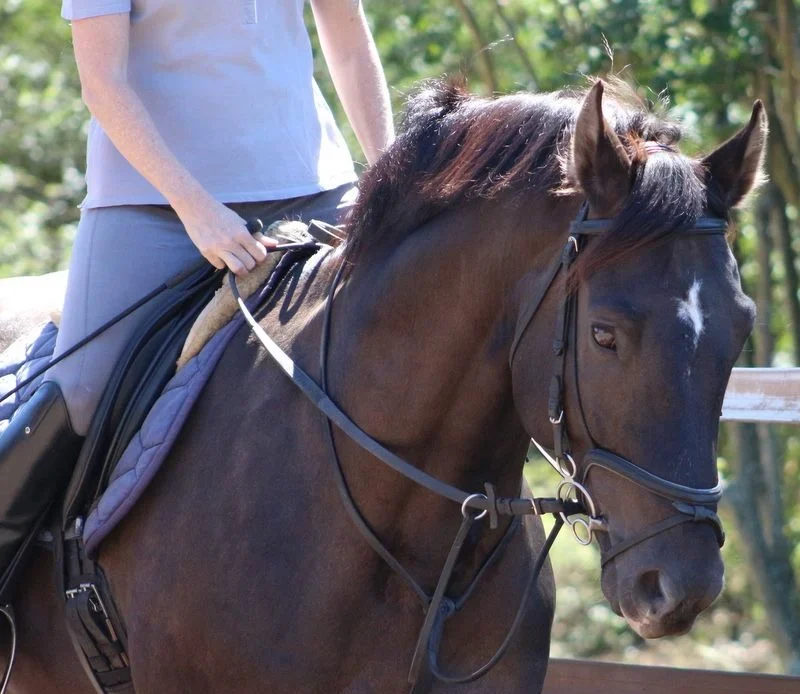
2. Activity Level
A horse’s activity level significantly impacts their caloric needs. A sedentary pasture pony will require far fewer calories than a high-performance eventer.
- Light Work: Horses used for occasional riding or light trail work (e.g., 1-3 hours per week).
- Moderate Work: Horses in regular training or used for activities like dressage, jumping, or ranch work (e.g., 3-5 hours per week).
- Intense Work: Horses in heavy training, racing, or endurance riding (e.g., 6+ hours per week).
- Adjusting Feed: As activity levels increase, you may need to supplement forage with grains or concentrates to meet their energy demands.
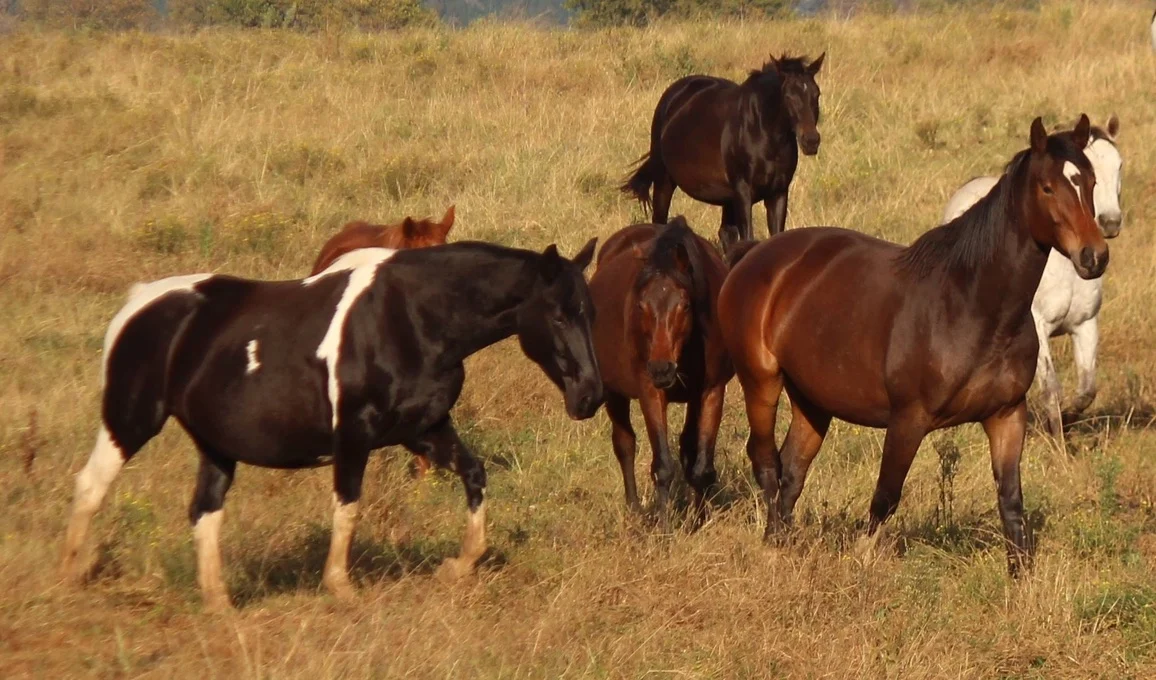
3. Age and Life Stage
A horse’s nutritional needs change throughout their life. Here’s how to adjust feeding based on their age and life stage:
- Foals and Young Horses: Growing horses need higher levels of protein, vitamins, and minerals to support development. Specialized feeds for young horses are often recommended.
- Adult Horses: Mature horses in maintenance (not breeding or working heavily) typically require a balanced diet of forage and minimal concentrates.
- Senior Horses: Older horses may have difficulty chewing or digesting hay and might benefit from softer feeds, soaked pellets, or senior-specific formulas.
- Pregnant or Lactating Mares: These horses have increased nutritional demands to support foal development and milk production.
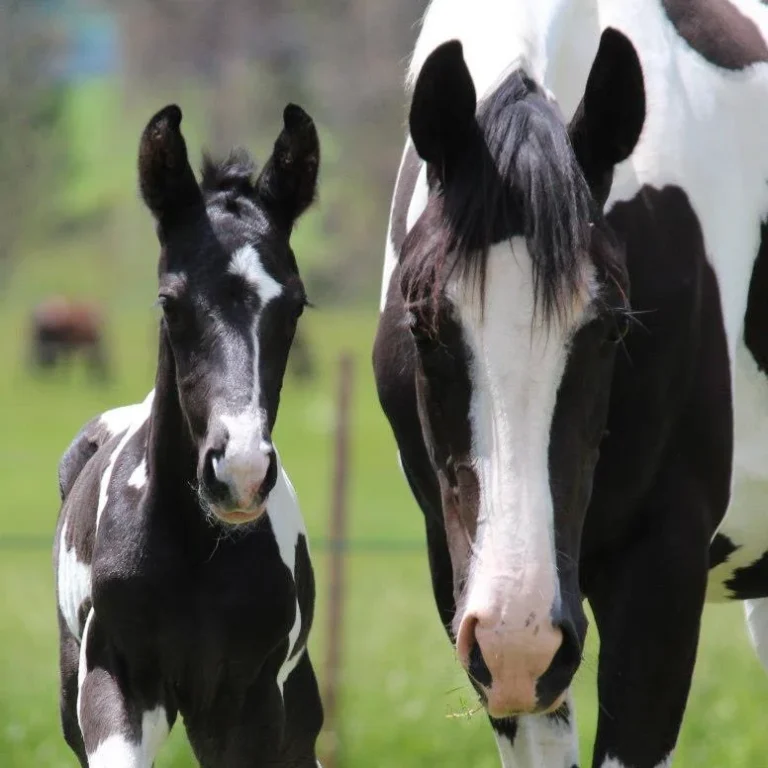
4. Breed and Size
Different breeds and sizes of horses have varying metabolic rates and nutritional needs. For example:
- Draft Horses: Larger breeds like Shires or Clydesdales may require more forage and calories due to their size.
- Ponies: Smaller breeds and ponies are often “easy keepers” and can gain weight quickly, so they may need less grain and more controlled portions of forage.
- Thoroughbreds: Leaner, high-energy breeds may require more concentrates to maintain weight and energy levels.
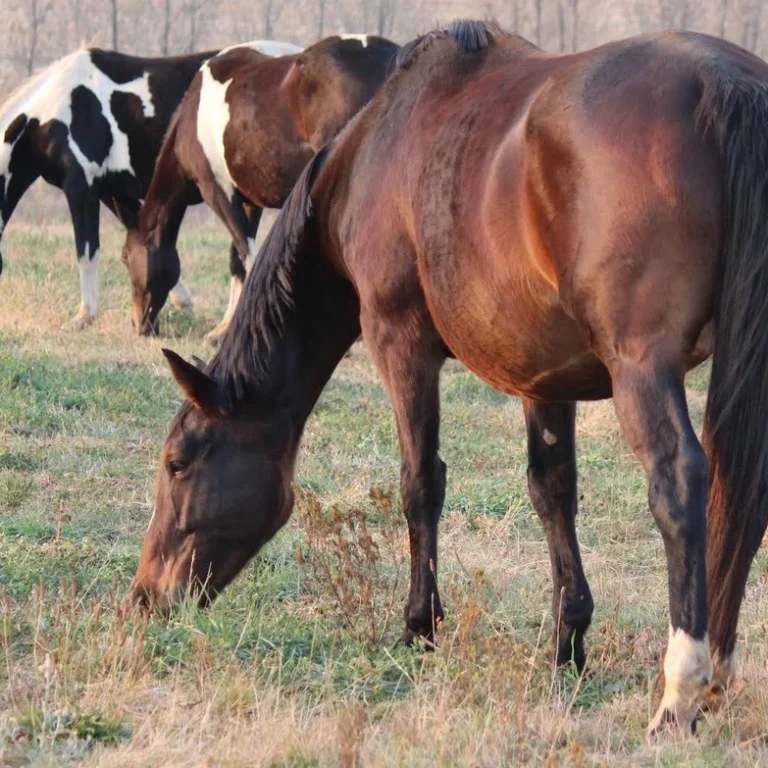
5. Health Conditions
Certain health conditions can affect how much and what type of feed your horse needs. For example:
- Insulin Resistance or Metabolic Syndrome: These horses may need a low-sugar, low-starch diet to prevent laminitis or weight gain.
- Laminitis: Horses recovering from laminitis often require restricted grazing and carefully controlled feed.
- Dental Issues: Horses with dental problems may struggle to chew hay and might need soaked feeds or chopped forage.
- Allergies or Sensitivities: Some horses may react to specific ingredients in their feed and require specialized diets.
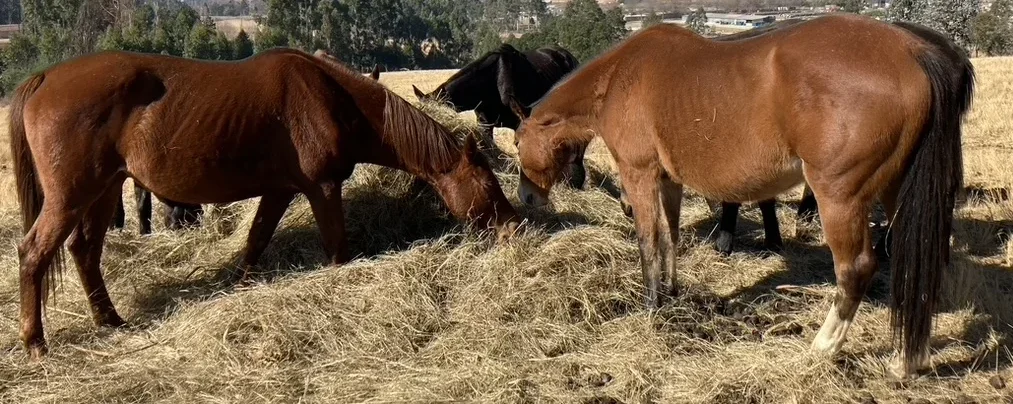
6. Environmental Factors
Don’t forget to consider your horse’s environment when planning their diet:
- Seasonal Changes: In colder weather, horses burn more calories to stay warm and may need additional feed. In hot weather, hydration becomes even more critical.
- Pasture Quality: If your horse has access to high-quality pasture, they may need less supplemental hay or grain.
- Stabling vs. Turnout: Horses that spend most of their time stabled may need more frequent, smaller meals to mimic natural grazing behavior.
Why These Factors Matter
Understanding these variables is key to creating a feeding plan that meets your horse’s unique needs. Overfeeding or underfeeding can lead to serious health issues, so it’s important to tailor your approach based on your horse’s weight, activity level, age, breed, health, and environment.
In the next section, we’ll walk you through how to calculate your horse’s feed based on these factors. And if you’re looking for a quick and easy solution, don’t forget to try our horse feed calculator for personalized recommendations!
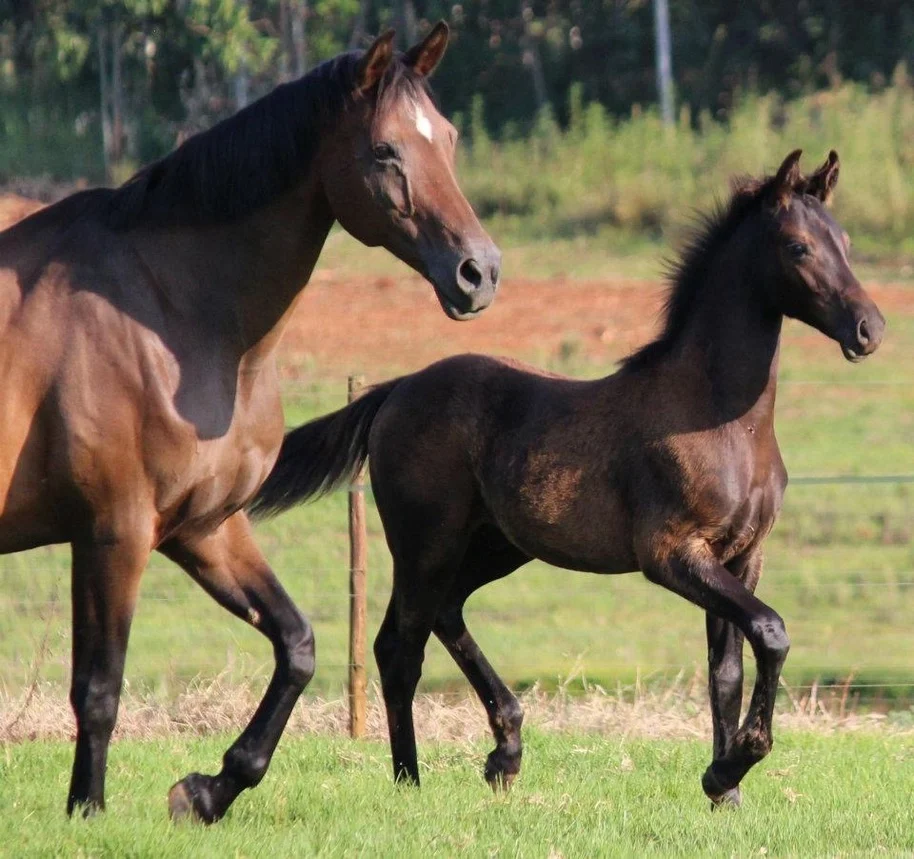
How to Calculate Your Horse’s Feed
Now that you understand the factors that influence your horse’s dietary needs, it’s time to put that knowledge into practice. Calculating your horse’s feed doesn’t have to be complicated—just follow these steps to create a feeding plan that’s tailored to your horse’s unique requirements.
Step 1: Determine Your Horse’s Weight
The first step in calculating your horse’s feed is knowing their weight. If you don’t have access to a scale, you can estimate their weight using one of these methods:
- Weight Tape: A weight tape is an affordable and easy-to-use tool that measures your horse’s girth and converts it into an estimated weight.
- Body Measurements: Use a measuring tape and this formula to estimate weight:
- Weight (kg) = (Heart Girth in cm)² x (Body Length in cm) ÷ 11,900
- For example, if your horse has a heart girth of 180 cm and a body length of 160 cm:
- Weight = (180 x 180) x 160 ÷ 11,900 = 435 kg.
Once you have your horse’s weight, you can use it as the foundation for calculating their feed.
Step 2: Assess Activity Level
Next, consider your horse’s activity level. This will help you determine how much energy (calories) they need each day. Here’s a quick guide:
- Light Work: 1-3 hours of riding or light exercise per week (e.g., leisurely trail rides).
- Moderate Work: 3-5 hours of riding or training per week (e.g., dressage, jumping, or ranch work).
- Intense Work: 6+ hours of riding or training per week (e.g., racing, endurance, or heavy competition).
Horses in light work may only need maintenance-level feeding, while those in intense work will require additional calories from grains or concentrates.
Step 3: Calculate Daily Feed Requirements
Using the 2% rule as a starting point, calculate how much feed your horse needs daily. Remember, this includes both forage and concentrates.
- Example Calculation:
- Horse’s weight: 500 kg
- Daily feed = 2% of body weight = 500 kg x 0.02 = 10 kg of feed per day.
However, this is just a baseline. Adjust the amount based on your horse’s activity level:
- Light Work: 1.5% to 2% of body weight.
- Moderate Work: 2% to 2.5% of body weight.
- Intense Work: 2.5% to 3% of body weight.
For example, a 500 kg horse in moderate work might need 2.5% of their body weight in feed:
- 500 kg x 0.025 = 12.5 kg of feed per day.
Step 4: Balance Forage and Concentrates
Once you’ve calculated the total amount of feed, it’s important to balance forage and concentrates. Forage should make up the majority of your horse’s diet, with concentrates used to supplement energy and nutrients as needed.
- Forage: Aim for at least 1.5% of body weight in forage daily. For a 500 kg horse, that’s 7.5 kg of hay or grass.
- Concentrates: Use concentrates to make up the difference. For example, if your horse needs 12.5 kg of feed daily and you’re feeding 7.5 kg of forage, you’d add 5 kg of concentrates.
Step 5: Adjust for Special Needs
Finally, consider any special needs your horse may have. For example:
- Senior Horses: May require softer feeds or senior-specific formulas.
- Pregnant or Lactating Mares: Need additional calories and nutrients.
- Horses with Health Conditions: May require specialized diets (e.g., low-sugar feeds for insulin-resistant horses).
Example Feeding Plan
Let’s put it all together with an example:
- Horse’s Weight: 500 kg
- Activity Level: Moderate work
- Daily Feed Requirement: 2.5% of body weight = 12.5 kg
- Forage: 7.5 kg of hay
- Concentrates: 5 kg of grain or commercial feed
This plan ensures your horse gets enough fiber from forage while meeting their energy needs with concentrates.
Why Accuracy Matters
Feeding your horse the right amount is crucial for their health and performance. Underfeeding can lead to weight loss, poor coat condition, and low energy, while overfeeding can cause obesity, laminitis, and other health issues. That’s why it’s so important to calculate your horse’s feed carefully—and why tools like our horse feed calculator can be a game-changer.
Next Steps
Now that you know how to calculate your horse’s feed, it’s time to put this knowledge into action. Use the steps above to create a feeding plan that works for your horse, or try our horse feed calculator for a quick and easy solution. In the next section, we’ll cover common feeding mistakes to avoid so you can keep your horse healthy and happy.
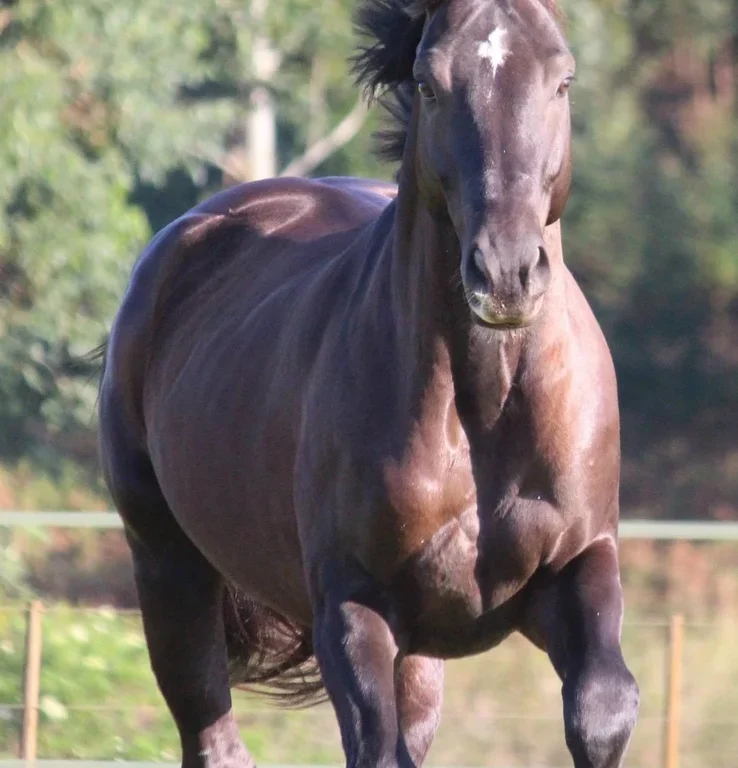
Common Feeding Mistakes to Avoid
Even with the best intentions, it’s easy to make mistakes when feeding your horse. These errors can lead to health problems, poor performance, and unnecessary stress for both you and your equine companion. Let’s take a look at some of the most common feeding mistakes and how to avoid them.
1. Overfeeding Grains or Concentrates
- The Problem: Grains and concentrates are calorie-dense and can quickly lead to weight gain or metabolic issues like insulin resistance if overfed.
- The Fix: Stick to the recommended amounts and only feed grains if your horse needs the extra energy (e.g., for work or weight gain). Always balance concentrates with plenty of forage.
2. Underfeeding Forage
- The Problem: Forage is the foundation of a horse’s diet, and not providing enough can lead to digestive issues like colic or ulcers.
- The Fix: Ensure your horse gets at least 1.5% of their body weight in forage daily. If your horse is on limited pasture, supplement with hay.
3. Ignoring Water Intake
- The Problem: Horses need constant access to clean, fresh water. Dehydration can lead to impaction colic, poor digestion, and reduced performance.
- The Fix: Check water sources daily, especially in winter when buckets or troughs may freeze. Encourage drinking by adding electrolytes during hot weather or heavy work.
4. Feeding Poor-Quality Forage
- The Problem: Low-quality hay or moldy forage can lack essential nutrients and even pose health risks.
- The Fix: Inspect hay for mold, dust, or weeds, and choose high-quality forage. If in doubt, have your hay tested for nutritional content.
5. Not Adjusting for Seasonal Changes
- The Problem: Horses burn more calories in cold weather to stay warm and may need more feed. In hot weather, hydration becomes critical.
- The Fix: Increase forage in winter to help your horse generate body heat, and ensure they have plenty of water in summer. Monitor their body condition and adjust as needed.
6. Overlooking Dental Health
- The Problem: Horses with dental issues may struggle to chew hay or grain, leading to weight loss or digestive problems.
- The Fix: Schedule regular dental check-ups with your vet or equine dentist. If your horse has trouble chewing, consider soaked feeds or chopped forage.
7. Feeding Too Much at Once
- The Problem: Horses have small stomachs and are designed to eat small, frequent meals. Large meals can overwhelm their digestive system and increase the risk of colic.
- The Fix: Split your horse’s daily feed into 2-3 smaller meals. If possible, provide continuous access to forage to mimic natural grazing behavior.
8. Ignoring Individual Needs
- The Problem: Every horse is different, and feeding the same diet to all your horses can lead to overfeeding some and underfeeding others.
- The Fix: Tailor each horse’s diet based on their weight, age, activity level, and health status. Use tools like our horse feed calculator to create personalized feeding plans.
9. Introducing New Feeds Too Quickly
- The Problem: Sudden changes in diet can disrupt your horse’s digestive system and lead to colic or laminitis.
- The Fix: Introduce new feeds gradually over 7-10 days, mixing them with the old feed in increasing amounts.
10. Over-Supplementing
- The Problem: While supplements can be beneficial, over-supplementing can lead to nutrient imbalances or toxicity.
- The Fix: Only use supplements if your horse has a specific need, and consult your vet or an equine nutritionist to ensure you’re feeding the right amount.
Why Avoiding These Mistakes Matters
Feeding mistakes can have serious consequences for your horse’s health and well-being. By being aware of these common pitfalls and taking steps to avoid them, you can ensure your horse stays healthy, happy, and performing at their best.
Next Steps
Now that you know what to avoid, it’s time to put your knowledge into practice. Use the tips above to refine your feeding routine, and don’t forget to check out our horse feed calculator for personalized recommendations. In the next section, we’ll share practical tips for feeding your horse to help you get the most out of their diet.
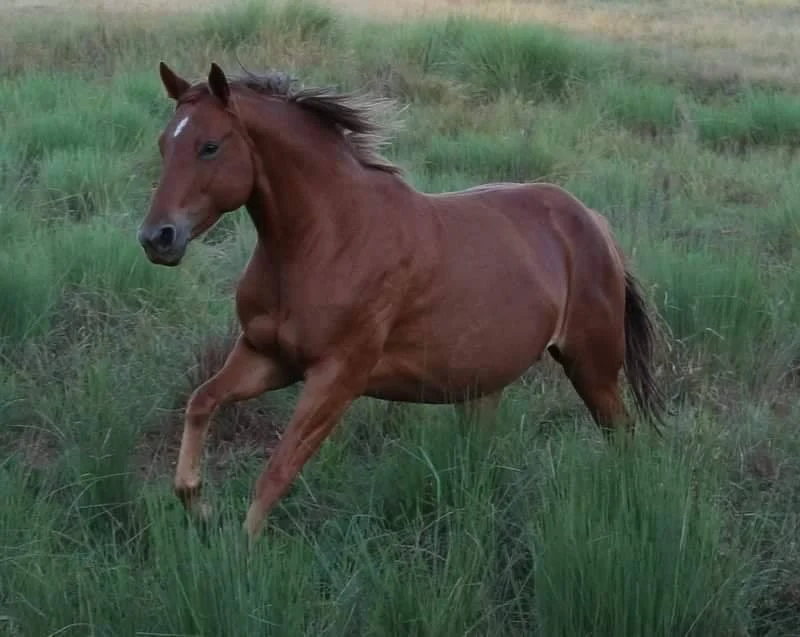
Tips for Feeding Your Horse
Feeding your horse isn’t just about providing the right amount of food—it’s also about how and when you feed them. By following these practical tips, you can create a feeding routine that supports your horse’s health, digestion, and overall well-being.
1. Feed Little and Often
Horses are natural grazers, and their digestive systems are designed to process small amounts of food throughout the day. Here’s how to mimic this natural behavior:
- Split Meals: Divide your horse’s daily feed into 2-3 smaller meals instead of one large one.
- Continuous Forage: If possible, provide access to forage (hay or pasture) throughout the day. Slow-feed hay nets can help extend feeding time and prevent boredom.
2. Monitor Body Condition
Regularly assessing your horse’s body condition can help you adjust their diet before any issues arise. Here’s how:
- Body Condition Scoring (BCS): Use a BCS scale (1-9) to evaluate your horse’s fat cover. Aim for a score of 4-6, depending on their breed and activity level.
- Adjust as Needed: If your horse is losing or gaining weight, tweak their feed amounts accordingly. Use our horse feed calculator to make precise adjustments.
3. Introduce New Feeds Gradually
Sudden changes in diet can upset your horse’s digestive system and lead to colic or laminitis. To avoid this:
- Transition Slowly: Introduce new feeds over 7-10 days, gradually increasing the amount while decreasing the old feed.
- Monitor for Issues: Watch for signs of digestive upset, such as loose stools or changes in behavior.
4. Provide Clean, Fresh Water
Water is essential for digestion, temperature regulation, and overall health. Here’s how to ensure your horse stays hydrated:
- Daily Checks: Clean water buckets or troughs daily to prevent algae or debris buildup.
- Winter Care: In cold weather, use heated buckets or break ice to ensure your horse has access to water.
- Encourage Drinking: Add electrolytes to your horse’s water during hot weather or after intense exercise to encourage hydration.
5. Choose High-Quality Forage
Forage should make up the majority of your horse’s diet, so it’s important to choose the best quality available. Here’s what to look for:
- Visual Inspection: Check hay for mold, dust, or weeds. Good hay should smell fresh and have a greenish color.
- Nutritional Testing: If you’re unsure about the quality, have your hay tested for nutritional content.
- Pasture Management: Rotate pastures to prevent overgrazing and ensure your horse has access to fresh, nutrient-rich grass.
6. Balance Forage and Concentrates
While forage is the foundation of your horse’s diet, concentrates can provide additional energy and nutrients when needed. Here’s how to balance the two:
- Forage First: Aim for at least 1.5% of your horse’s body weight in forage daily.
- Supplement Wisely: Use concentrates to make up the difference in energy needs, but avoid overfeeding. Stick to the recommended amounts based on your horse’s activity level.
7. Feed According to Workload
Your horse’s activity level should dictate their diet. Here’s how to adjust feeding based on their workload:
- Light Work: Focus on forage with minimal concentrates.
- Moderate Work: Add small amounts of grain or commercial feed to meet energy demands.
- Intense Work: Increase concentrates and consider adding fats (e.g., rice bran or flaxseed) for sustained energy.
8. Pay Attention to Dental Health
Your horse’s ability to chew and digest their food depends on their dental health. Here’s how to keep their teeth in top shape:
- Regular Check-ups: Schedule dental exams with your vet or equine dentist at least once a year.
- Soaked Feeds: If your horse has dental issues, soak hay pellets or cubes to make them easier to eat.
9. Store Feed Properly
Improperly stored feed can spoil or attract pests, leading to health risks for your horse. Follow these storage tips:
- Keep it Dry: Store hay and grain in a dry, well-ventilated area to prevent mold.
- Use Airtight Containers: Keep concentrates in sealed containers to protect them from rodents and insects.
- Rotate Stock: Use older feed first to ensure freshness.
10. Observe Your Horse
Your horse’s behavior and appearance can tell you a lot about their diet. Here’s what to watch for:
- Healthy Signs: A shiny coat, bright eyes, and consistent energy levels indicate a balanced diet.
- Warning Signs: Weight loss, dull coat, or changes in behavior (e.g., lethargy or irritability) may signal a nutritional issue.
Why These Tips Matter
Feeding your horse isn’t just about providing food—it’s about creating a routine that supports their physical and mental well-being. By following these tips, you can ensure your horse gets the nutrients they need while avoiding common pitfalls.
Next Steps
Now that you have a solid understanding of how to feed your horse, it’s time to put these tips into practice. Use the advice above to refine your feeding routine, and don’t forget to check out our horse feed calculator for personalized recommendations. In the next section, we’ll discuss when to consult a professional to ensure your horse’s diet is perfectly tailored to their needs.
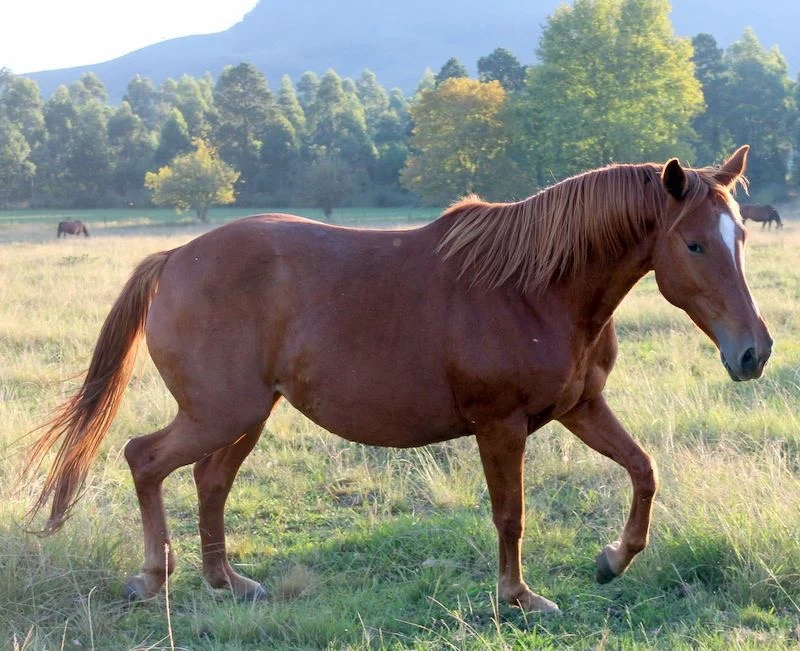
When to Consult a Professional
While this guide provides a solid foundation for feeding your horse, there are times when professional input is essential. Whether your horse has special health needs or you’re simply unsure about their diet, consulting a vet or equine nutritionist can make all the difference. Here’s when to reach out for expert help.
1. Your Horse Has Special Health Needs
Certain health conditions require specialized diets to manage symptoms and support recovery. If your horse has any of the following, consult a professional:
- Metabolic Disorders: Conditions like insulin resistance, Cushing’s disease, or equine metabolic syndrome often require low-sugar, low-starch diets.
- Laminitis: Horses recovering from laminitis need carefully controlled diets to prevent flare-ups.
- Allergies or Sensitivities: If your horse reacts to certain feeds, a professional can help identify the culprit and recommend alternatives.
- Dental Issues: Horses with dental problems may need softened or chopped feeds to ensure they can eat comfortably.
2. Your Horse is Losing or Gaining Weight Unexpectedly
If your horse is losing or gaining weight despite following a balanced feeding plan, it’s time to consult a professional. Unexplained weight changes can signal underlying health issues, such as:
- Parasites: Internal parasites can interfere with nutrient absorption.
- Metabolic Problems: Conditions like thyroid imbalances can affect weight.
- Dental Problems: Pain or difficulty chewing can lead to weight loss.
A vet can perform tests to identify the cause and recommend dietary adjustments.
3. You’re Unsure About Your Horse’s Diet
If you’re new to horse ownership or simply unsure whether your horse’s diet is meeting their needs, a professional can provide peace of mind. They can:
- Assess Your Horse’s Condition: Evaluate your horse’s body condition, coat, and overall health.
- Review Your Feeding Plan: Identify any gaps or imbalances in your horse’s diet.
- Provide Tailored Recommendations: Create a feeding plan that’s perfectly suited to your horse’s needs.
4. Your Horse is Pregnant or Lactating
Pregnant and lactating mares have increased nutritional demands to support foal development and milk production. A professional can help you:
- Adjust Caloric Intake: Ensure your mare is getting enough energy to meet her needs.
- Balance Nutrients: Provide the right mix of protein, vitamins, and minerals for both mare and foal.
- Monitor Weight and Health: Prevent issues like weight loss or nutrient deficiencies.
5. Your Horse is a Performance Athlete
Performance horses (e.g., racehorses, eventers, or endurance horses) have unique nutritional needs to support their intense workloads. A professional can help you:
- Optimize Energy Sources: Balance carbohydrates, fats, and proteins for sustained energy.
- Prevent Fatigue: Ensure your horse is getting enough electrolytes and hydration.
- Support Recovery: Recommend supplements or feeds that aid muscle repair and reduce soreness.
6. You’re Considering Supplements
While supplements can be beneficial, they’re not always necessary—and over-supplementing can do more harm than good. A professional can:
- Identify Deficiencies: Determine whether your horse actually needs a supplement.
- Recommend Safe Products: Suggest high-quality supplements that are backed by research.
- Avoid Overloading: Ensure your horse isn’t getting too much of a particular nutrient.
7. Your Horse is a Senior
Older horses often have unique dietary needs due to changes in metabolism, dental health, and digestion. A professional can help you:
- Choose Soft Feeds: Recommend feeds that are easy to chew and digest.
- Address Weight Loss: Suggest high-calorie options to maintain a healthy weight.
- Support Joint Health: Recommend supplements or feeds that promote mobility and comfort.
Why Consulting a Professional Matters
Every horse is unique, and their dietary needs can vary widely based on their health, age, and lifestyle. While general guidelines are helpful, there’s no substitute for personalized advice from a qualified professional. By consulting a vet or equine nutritionist, you can ensure your horse’s diet is perfectly tailored to their needs—and avoid potential health issues down the line.
Next Steps
If any of the scenarios above apply to your horse, don’t hesitate to reach out to a professional. They can provide the expertise and guidance you need to keep your horse healthy and happy. And remember, our horse feed calculator is a great starting point for creating a balanced feeding plan—but it’s not a replacement for professional advice.

Conclusion
Feeding your horse the right amount is one of the most important aspects of their care—and thankfully, it doesn’t have to be complicated. By understanding the basics of horse nutrition, considering factors like weight, activity level, and age, and avoiding common feeding mistakes, you can create a diet that keeps your horse healthy, happy, and performing at their best.
Key Takeaways
- Start with the Basics: Forage should make up the majority of your horse’s diet, with grains and supplements used to fill in the gaps.
- Calculate Carefully: Use the 2% rule as a starting point, but adjust based on your horse’s unique needs.
- Avoid Common Mistakes: Overfeeding grains, underfeeding forage, and ignoring water intake are just a few of the pitfalls to watch out for.
- Tailor the Diet: Consider your horse’s weight, activity level, age, and health status when planning their meals.
- Seek Professional Help: If you’re unsure about your horse’s diet or they have special needs, don’t hesitate to consult a vet or equine nutritionist.
Your Next Steps
Now that you’ve learned the essentials of feeding your horse, it’s time to put that knowledge into practice. Here’s how to get started:
- Use Our Horse Feed Calculator: For a quick and easy way to calculate your horse’s feed, try our horse feed calculator. It’s designed to give you personalized recommendations based on your horse’s unique needs.
- Create a Feeding Plan: Use the tips and guidelines in this post to create a balanced diet for your horse.
- Monitor and Adjust: Keep an eye on your horse’s body condition, energy levels, and overall health, and make adjustments as needed.
- Share the Knowledge: If you found this guide helpful, share it with fellow horse owners who might benefit from it.
- Download a Horse Feed Diary here to keep track of your horses’ daily feed.
Final Thoughts
Feeding your horse doesn’t have to be overwhelming. With the right tools and knowledge, you can create a feeding plan that supports your horse’s health and well-being—and strengthens the bond between you. Remember, a well-fed horse is a happy horse, and a happy horse makes for a happy owner.
So why wait? Try our horse feed calculator today and take the first step toward perfecting your horse’s diet. And if you have any questions or need further guidance, don’t hesitate to reach out. We’re here to help you and your horse thrive!
Still Have Questions?
If you have more questions about feeding your horse, please reach out. And don’t forget to try our horse feed calculator for a customized feeding plan tailored to your horse’s needs. Happy feeding!
More resources
Everything you need to know about feeding your horse
British horse society – how to feed your horse
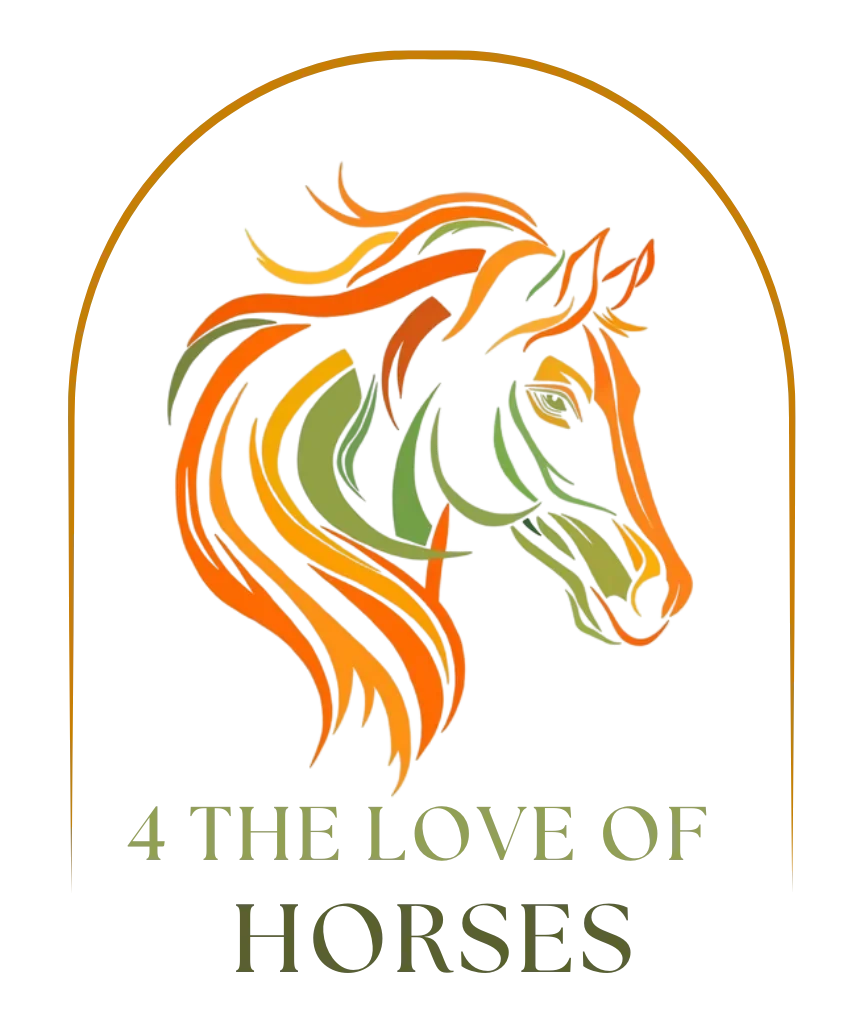
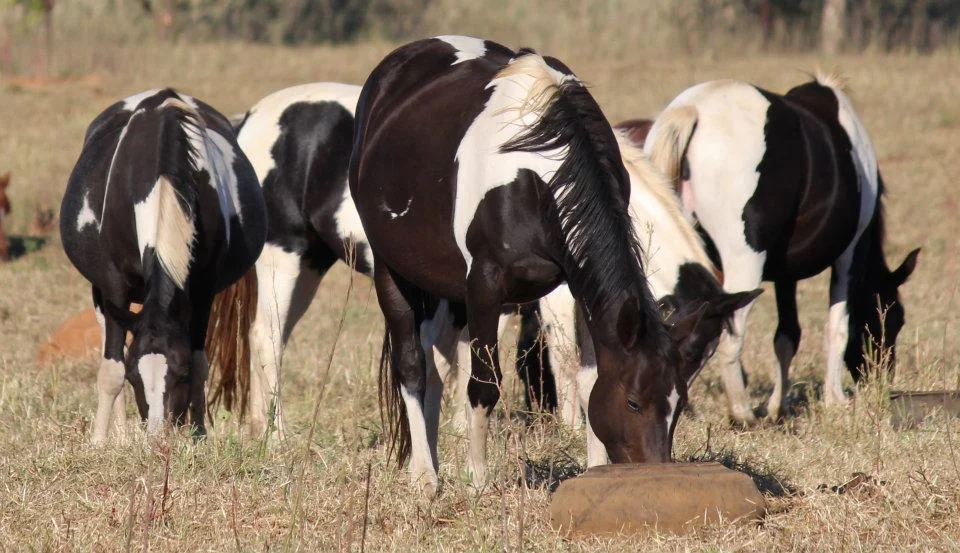
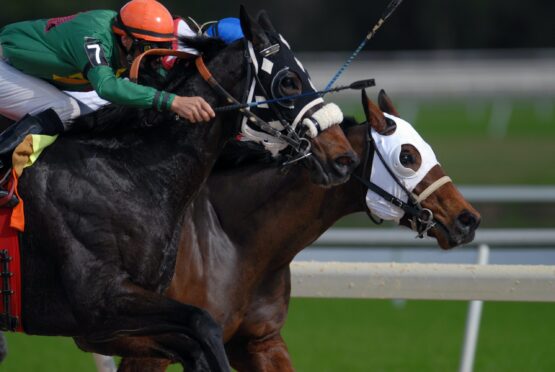
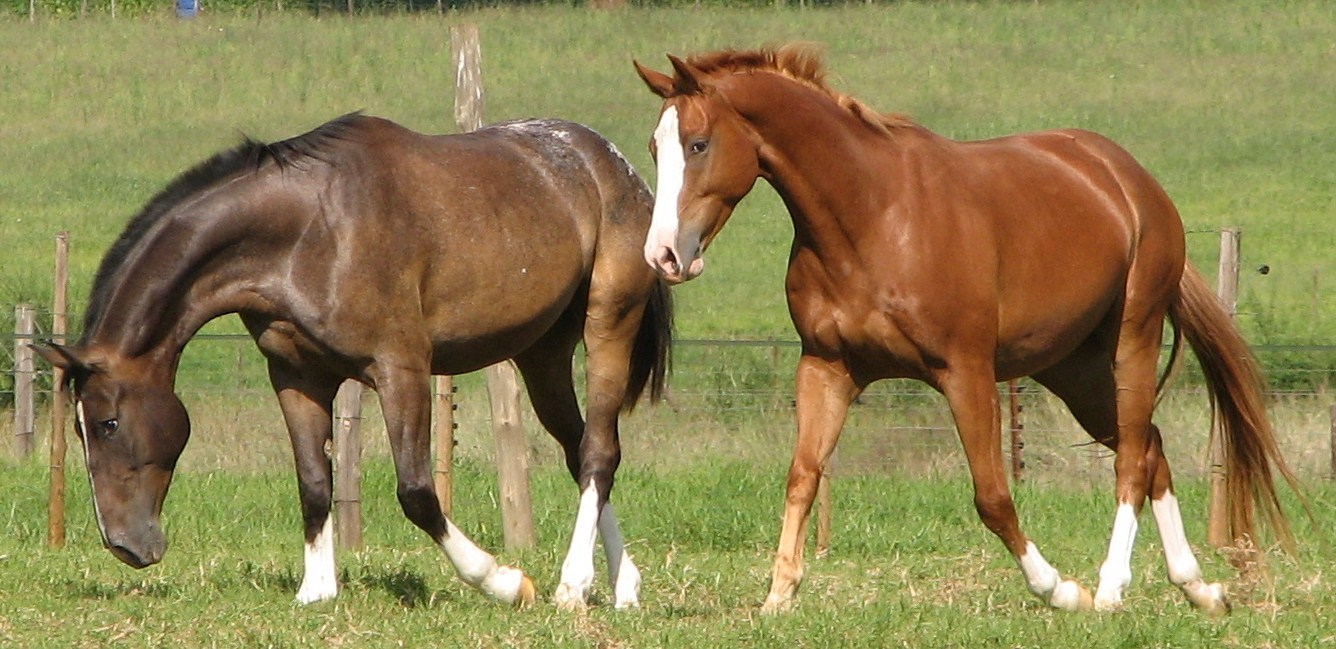
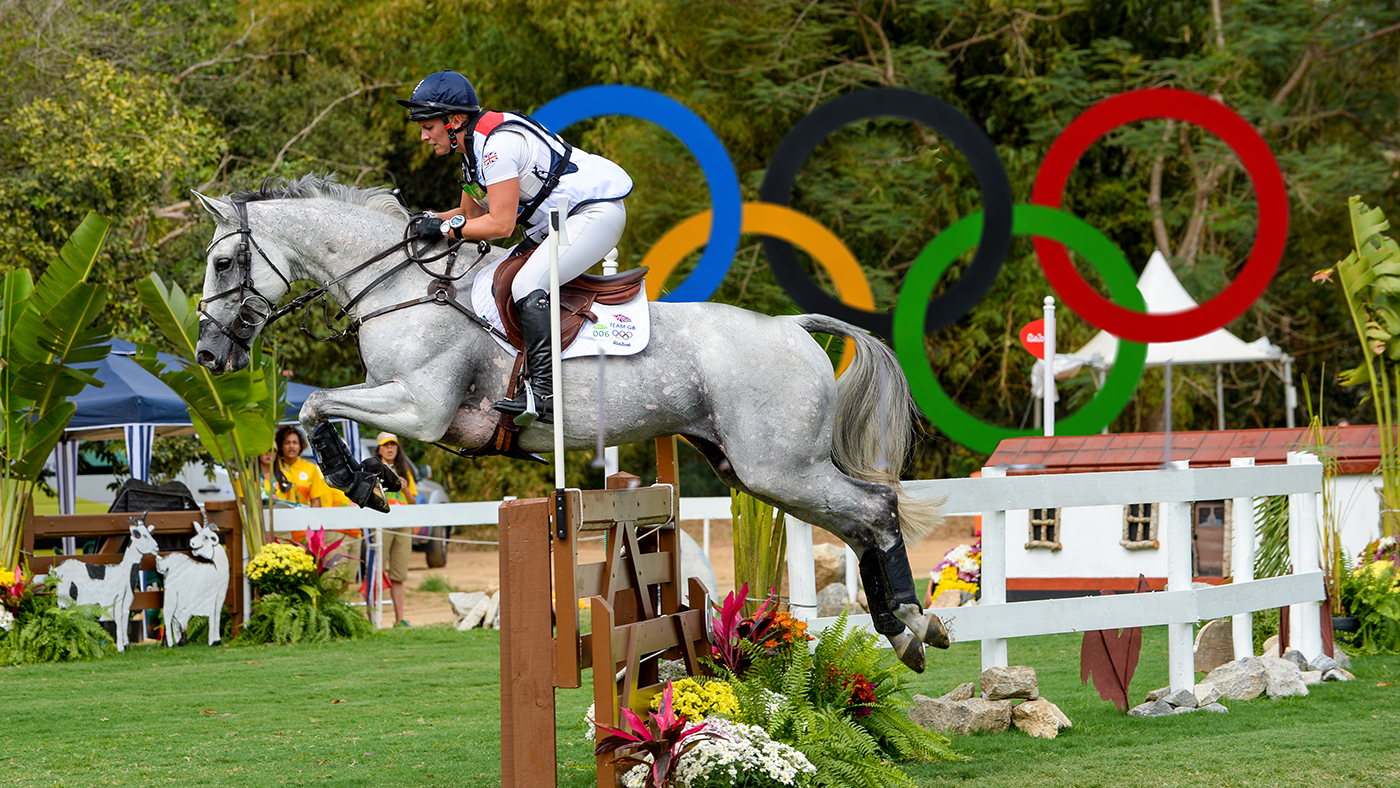
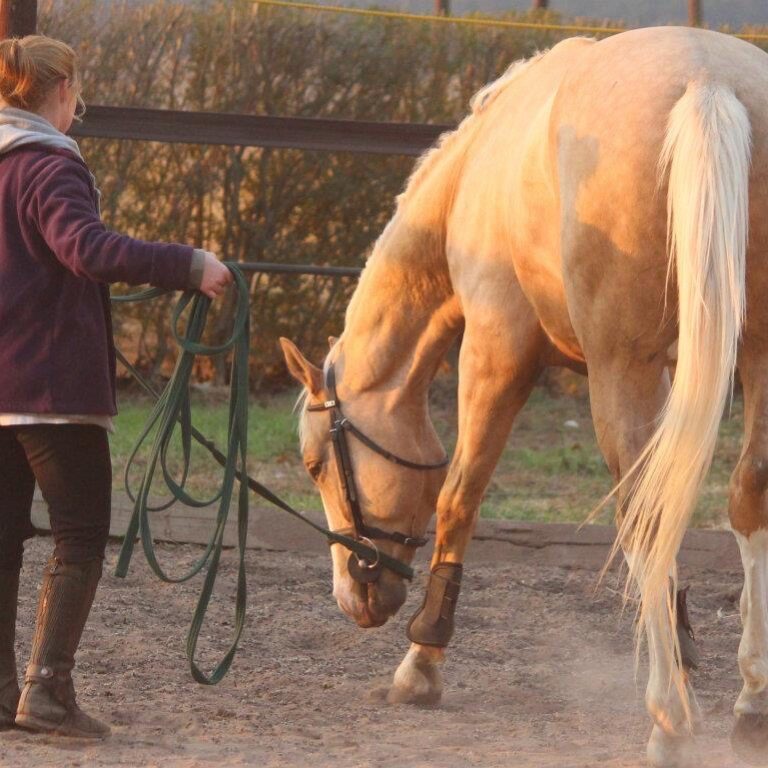
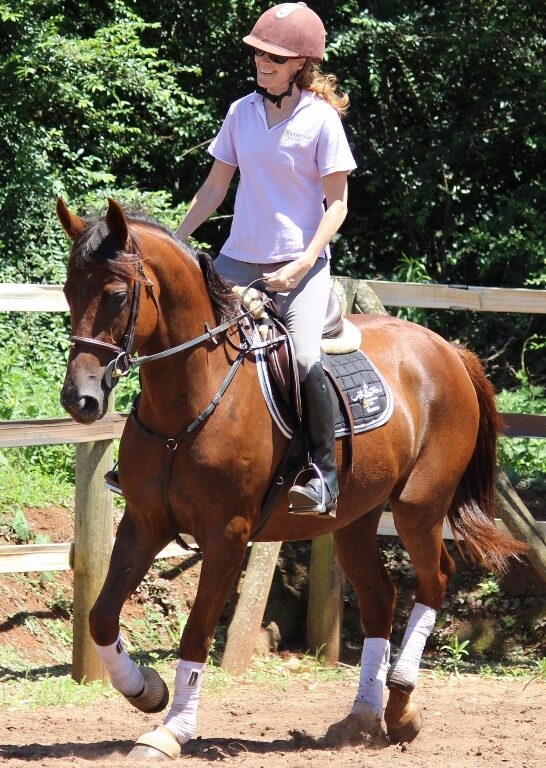
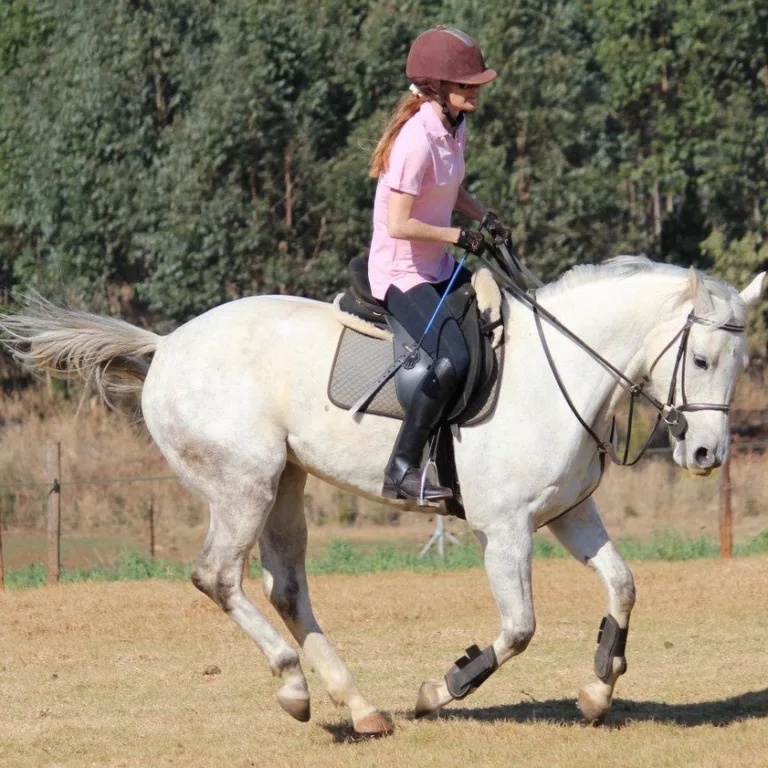
Leave a Reply